| marc7 travels |
|
When was the last time that you went around Metro Manila to discover its nooks and not just its malls? Better yet… how well do you know the city where you live in? Metro Manila is the Philippines’ center for governance, commerce, education, culture, and religion. It is no wonder that a lot of Filipinos dream on getting into the city life of the metro as it may give common Filipinos that notion that life here in Metro Manila is better or promises to be better. Established in 1975, Metro Manila ranks 7th in the most populous metro in Asia. But Metro Manila has different faces to show and that is what we wanted to discover with project “Explore Manila!” The project aims to give our readers and followers a different look of metro through a series of photowalks covering the 16 cities and lone municipality. Hopefully, we can give you a different side of Metro Manila, one that is softer and more sublime. Explore Mandaluyong! Mandaluyong City was originally known as Sta. Ana de Sapa, a barrio under the province of Tondo. It was during the Spanish period that it was excised from Sta. Ana de Sapa to form a separate community known as San Felipe Neri, in honor of Rome’s Patron Saint. Mandaluyong is a main stronghold of the Katipunan during the Philippine Revolution of 1896. A successful uprising in San Felipe Neri on August 1896 eventually led to the Battle of San Juan del Monte after Katipuneros attacked El Polvorin. It briefly became the provincial capital of Rizal province during the American period – a period where a number of government infrastructures were built. The post-war era brought in a lot of progress to the city. The city was later recognized as the most developed municipality after businesses boomed in Mandaluyong. Presently, Mandaluyong City is known as “The Tiger City of the Philippines” and is the home of big corporations like San Miguel Corporation and UNILAB. Join us in exploring Mandaluyong City! Liwasang Katubusan (Kalentong Street) Sitting in the midst of a busy street is a memorial that honors the silent heroes of the city who fought for freedom during World War 2. This was where our #PencilWalks started and it did pave the mood of our exploration. Mandaluyong have a lot of monuments that honors freedom fighters and these “bantayog” show clearly how freedom-loving Mandaluyong residents are. The Liwasang Katubusan is just right in front of “The Market”. It features a female figure with her hand outstretched and reaching towards the sky – a symbolic movement for freedom. The memorial happens to also stand beside Don Bosco Technical College, a former seminary that served as a Japanese headquarters during occupation. Getting there: You can take a Kalentong-bound jeep along Shaw Boulevard and asked to be dropped off at “The Market” Plaza ng Tatlong Bayani (Hagdang Bato Itaas) Tucked along a residential area of Mandaluyong is another monument that honors three heroes, two of them hails from Mandaluyong. The “Plaza ng Tatlong Bayani” is a tribute to Andres Bonifacio, the founder of the Katipunan, Laureano Gonzales, and Vicente Leyva, more popularly known as General Kalentong. Both Gonzales and Leyva hail from the city. The small compound where the monument is seated also features a small church, a barangay hall, and a basketball court. Getting there: From Kalentong, take a jeep bound for Boni and ask the driver to drop you off at the Barangay Hall of Hagdang Bato Itaas. San Felipe Neri Church The San Felipe Neri Church is one of the oldest churches in Metro Manila. The church is dedicated to the Patron Saint of Rome. Apart from being the center of faith, the church has also been a site of bloody skirmishes between Philippine revolutionaries and Spanish forces. The church is now a peaceful sanctuary as it stands out amidst the rows of buildings and houses around it. The pointed belfries and its simple architectural design is a sight to see amidst the cityscape. It is a welcome sight to enjoy. Unfortunately, we were not able to enter the church as it was closed. Getting there: From Plaza ng Tatlong Bayani, you can take a jeep headed for Boni and asked to be dropped off at San Felipe Neri Church. Dambana ng Alaala Located within the vicinity of the Maysilo Circle is another monument dedicated to the freedom fighters of Mandaluyong – Dambana ng Alaala. The monument features “Inang Kalayaan” with her hands raised up victoriously while freedom-fighting soldiers and Katipuneros surround her. The monument is just one of the many memorials in the city that shows the valuable role played by Mandaluyong in the search for freedom against Spanish oppression. Getting there: From San Felipe Neri Church, you can take a jeep to Boni and asked to be dropped off Maysilo Circle. Bantayog ng Kabataan The city of Mandaluyong is one city that recognizes the past, present, and the future through monuments that also showcase the works of artists. It seems that these monuments are statements of the city government on what the city values. The Bantayog ng Kabataan is one of the monuments along Maysilo Circle that focuses on the city’s future. Unlike other monuments in the city that focuses on recognizing the contribution of Mandaluyong to the country’s rich history, the “Bantayog ng Kabataan” is a clear statement on recognizing the role of the youth on the city’s progress. The monument shows a lady carrying the flame of hope as she is surrounded by kids signifying the need to guide the youth to become future leaders of a progressive city and nation. Getting there: The “Bantayog ng Kabataan” is a just a walk away from “Dambana ng Alaala”. Kaban ng Hiyas As you enter the Mandaluyong City Hall complex from the “Bantayog ng Kabataan”, visitors will be greeted by a three-storey building known as the “Kaban ng Hiyas”. It is the city’s cultural center that houses a convention hall and a historical museum. It is part of the city government’s efforts to raise cultural awareness among its constituents. The interiors of the hall looked really nice but the building needs a little more upkeep to keep its grand look. The interiors probably looked really nice when it was first constructed but I think that the building needs a facelift. It would have been nice to capture a shot of the staircase and the fountain had it been working. What caught my attention was the youth choir that was having their rehearsals at the time of our visit. I loved the fact that these kinds of activities are promoted by the local government. Getting there: Kaban in Hiyas is within the compound the Mandaluyong City Hall Complex. Mandaluyong City Hall Complex Open air pocket parks intertwined with government city structures make up the compound of the Mandaluyong City Hall. The compound was serene and peaceful as it was a Saturday when we visited when most of the government agencies are closed. What stands out is the blue windows of the city hall and its emblem that symbolizes the city as the “Tiger City of the Philippines”. The compound is the central point for all government transactions in the city. Dove of Peace Arch The entrance to the cityhall compound is flanked by a monument that is the city’s offering to commemorate the EDSA Revolution. The monument is that of a dove mounted on a platform that shows the significant events of the bloodless revolution in 1986. Archdiocesan Shrine of Divine Mercy Just a few meters from the compound is another spiritual haven in the heart of Mandaluyong - The Archdiocesan Shrine of Divine Mercy. The church is also located within the premises of the Maysilo Circle. The exterior design of the church is simple, modern, and homey. From the outside, it looks like an elegant home with a driveway. It does look like a sanctuary in the midst of the city. The interior is simple and elegant with its white-washed walls. It was really homey and solemn inside the church. It is a great quick spiritual escape from the city’s hustle and bustle.
Foodstop: Kanto Breakfast It was not my first time to try out Kanto Breakfast but it was my first time to try out there Mandaluyong Branch. The restaurant has been making rounds because of its all-day breakfast offerings, served with of a touch class. The restaurant also has a homey atmosphere since it was a house converted into a restaurant. One of our fellow viajero shared that the place turns into a small bar over the weekend. I guess, it is something worth checking out in the future. Exploration Notes: Compared to other cities that we have already explored, Mandaluyong City was one city that was closely in touch with its colorful history as evidenced by the various monuments installed in the different areas of the city. It is closely in touch with how colorful its history and in the development of its young artists. The city is void of historical sites but that did not stop the local government from reliving its history among its constituents. Notwithstanding its colorful history, Mandaluyong City is also the home of large malls that is worth its own day exploration.
0 Comments
As of this writing, Metro Manila has been wet from the monsoon rains for about a week now. Some areas are already flooded and, in other areas, residents are being primed to evacuate because of possible flooding. This is just one of the realities of Metro Manila and yet we still love it. On a normal day, it is a bustling metropolis that bursts out in colors and life from sun up to sun down. Just what are the gems hidden in the city? Welcome to Explore Manila! Explore Caloocan! Walking inside the cemetery while the sun is setting is not exactly our idea of a #pencilwalks activity. It was the last stop of our Caloocan leg for “Explore Manila!” and the cemetery is an attraction in the city of Caloocan. Caloocan City was the center of Katipunan activities against Spanish rule, making it historically significant, not only in Metro Manila, but in the whole country. It was within the perimeters of the city where secret meetings between Andres Bonifacio and his men were held that would eventually lead into a revolution that would later free the country from Spanish rule. Presently, the city ranks third in being the most populous cities in the Philippines with an estimated population of 1.5 million, with a majority practicing the Roman Catholic faith. It is a bustling economic cell with its malls and have also been associated with the motorcycle industry with its own cluster of dealers. Just what attractions does Caloocan have? We walked the streets of this city to uncover its hidden attractions. Horace Higgins Hall (PNR Compound, Caloocan) Tucked behind rows of makeshift houses is a building that has withstood the test of time – the Horace Higgins Hall. The site served as a railway station for the Manila-Dagupan line of the PNR when it opened its operation in November of 1892. It also served as a junction for both the North Line and the South Line. Sadly, the North Line ceased its operations in 1988. Horace Higgins Hall is what is left standing from this great era of train travel in the Philippines. The building once served as a warehouse of the PNR and was the site of the first train trip to Dagupan in 1892. Its architecture is also considered to be of foreign influence. Unfortunately, the building was left in a state of neglect. During our visit, we were informed that the taking of pictures of the building would require a permit from the PNR. I inquired as to why that was the case and I was told that it was because it was a historical site. The funny thing is that they consider it a historical site and yet the PNR have failed to actually take care of something that is of historical value to Filipinos. By the way, my shots of Horace Higgins Hall were stolen photos while we tried to ask permission to take a picture of the building’s façade. Getting there: From Monumento, you can take a jeep along Samson Road and go down in front of UE Caloocan. Cross the street to New Abbey Road and walk along the street until you reach the second corner to your right (C. Apostol Street). You will find the Horace Higgins Hall at the end of Apostol Street. San Roque Cathedral The church was founded in 1815 and the construction of the first church structure was completed in 1847. Apart from being a center of faith in the area, the church also served as a meeting place by the Katipuneros who was fighting for freedom against Spain. It was damaged during the armed struggle and was constructed in 1914. It was again renovated and blessed in 1981. During our visit, the altar was also undergoing refurbishments. The simple church façade dominates the town center’s skyline. Strong and sturdy was how I would describe the church’s architectural design. The simple exterior was in contrast to the “projected” grand interiors of the church. I am writing “projected” because we only saw a tarpaulin design, which we all mistook as the actual altar, during the visit. The altar was undergoing refurbishment during our exploration. Getting there: From Horace Higgins Hall, you can walk along M. Hizon Street, turn right on P. Burgos, and then right on A. Mabini Street. You can also take a tricycle as an alternative to walking. Caloocan City Hall Amidst the hustle and bustle of Caloocan’s city center, the city’s center of governance sits quietly watching over its domain. I wouldn’t have had noticed had I not been told by a fellow viajero that the building that sits right across the church is the Caloocan City Hall. She further shares that the city hall once looked grand and beautiful but through time had blended with the cityscape. Unlike other city halls that I have seen previously, the Caloocan City Hall does not have that grand look compared to others. La Loma Cemetery Walking the hallowed streets of La Loma Cemetery while the sun was setting on the horizon did not give us the creeps. It gave us a look on how the cemetery has evolved through the years starting from the present and then going back to the past. La Loma Cemetery is the oldest cemetery in Metro Manila occupying a land area of 54 hectares in Caloocan and Manila. Also known as Campo Santo de La Loma, it was opened in 1884 and is the home of great architectural designs spared during the World War 2. It is also the final resting place of Felipe Agoncillo, Marcela Agoncillo, Cayetano Arellano, Josefa Llanes Escoda of the Girl Scout of the Philippines, and Felisa Dayrit. One could really see the difference of social status in La Loma cemetery as the newer burial crypts are smaller while those that can afford have bigger crypts or have mausoleums. The mausoleums are also a representation of the past as most of them have been existent for decades while the other part of La Loma houses the more recent burials. We have seen the old and bigger mausoleums that showed a piece of history and family fortunes. Unfortunately, we were not able to see La Loma Cemetery’s heritage site, the “Lumang Simbahan”, because it was already 5pm and going around the cemetery at that time was not advisable, not because of nocturnal entities but more of its illegal inhabitants. Having missed the “Lumang Simbahan”, I guess it is going to be another opportunity for a #PencilWalks activity in the future. Getting there: From the city hall, you can take a trike to Rizal Avenue Extension. Take a jeep headed for Manila and ask the driver to drop you off at La Loma Cemetery. Permits are also needed for you to be able to take pictures within the premises of the cemetery. You can also try going for stolen shots when there are no guards around. Bonifacio Monument The Bonifacio Monument is the most iconic structure that is commonly associated with the city of Caloocan. The monument is located on the north end of EDSA and is dedicated to Andres Bonifacio, the founder and Supremo of the Katipunan. The monument designed by National Artist Guillermo Tolentino. The monument sits in the center of activities in Caloocan with buses and jeep going around the rotunda. People have been milling around the surrounding areas going about their daily activities while every now and then, the sound of the LRT buzzes through. It is amazing to see such development in the area when a century ago, the sound that you would probably hear in the area was the shout of freedom fighters fighting for Philippine independence.
Getting there: From the La Loma Cemetery, you take a jeep to Monumento. The monument is hard to miss as it is at the center of a busy intersection. Post Explore Notes: A taste of history, religion, and the creeps – that is how I will describe the exploration that we did in Caloocan City. It is a city bustling with activity but sits on a land that is historically significant. Too bad though, that little attention is given to these sites, with the exception to the Bonifacio Monument, as to its preservation and/or restoration. Again, I hope that with consolidated efforts of people interested in the preservation of history, we can do more to make history alive to others. And please, can we kick out the idea of photography permits for historical sites. How do you define “stay-cation”? More than staying in the comforts of your home or in a plush city hotel, I am defining “stay-cation” in a different way. That is discovering the nooks and crannies of Metro Manila’s 16 cities and its lone municipality. For the year 2015, I, together with a couple of friends, will be going to the different “hot spots” of the metro and our objective is to discover the interesting spots of Metro Manila. Welcome to Explore Manila! Explore Valenzuela! Originally called Polo, Valenzuela City is an urbanized first-class city located north of Manila. The city was once part of Bulacan and was known as Polo because is surrounded by rivers giving it an impression that the place is an island. It ranks number 13 in the list of cities with the highest population in the country and 119 in terms of its size. The city was later renamed to Valenzuela in honor of Pio Valenzuela, an esteemed Doctor and Katipunero during his time. The internet claims that there are no known tourist spots in the city with the exception of the National Shrine of Our Lady of Fatima to which we disagree. Why? Well, let me welcome you to Valenzuela City! Simbahan ni San Roque ng Pulo Just like the town of Obando in Bulacan, Barangay Mabolo bursts into colorful festivities every May 12 where the unmarried devotees dance the street, praying to meet their partner. A short transcript, in front of the church, gives the details as to how these festivities began. Apparently in 1763, the British forces occupied the church as they were in pursuit of Simon de Anda Y Salazar who was said to be bringing with him the country’s treasury. The locals, fearing for their safety, hid in the forests of the area. When the forces abandoned the church, the locals immediately headed back to the church and, as a form of thanksgiving, started dancing, singing, and merry-making. And that started the yearly tradition of street dancing in veneration to their Patron Saint San Roque. The simple exteriors of the church show the simplicity of the area. I felt that I was in the province, and not in the city, as it looked like a simple “kapilya”. But do not be deceived by its simplicity as the church is a mute witness to the unfolding of the country’s history. The simple interiors of the church complement the exteriors. The white altar is the main highlight of the church and the image of San Roque is its central figure. The church has gone through a lot of renovations and has been elevated to address the persistent flooding in the area. Getting there: You can take a bus from EDSA with the signboard Malanday. Ask the driver to drop you off at Malanday. From the bus stop, you can take a tricycle directly to San Roque Church. San Diego de Alcala Belfry Ruins (Barangay Polo) In Barangay Polo stand the ruins of the belfry of the San Diego de Alcala Church. The church was completed in 1632 through force labor. However, the church was later destroyed by bombs during the Japanese occupation. What remains standing now is the belfry alongside the new church structure. Getting there: From the San Roque Church, you can hire a trisikad, a commuter ride powered by a bike, to get to San Diego de Alcala Church in Barangay Polo Valenzuela House (Barangay Polo) A couple of blocks away from the San Diego de Alcala Church is the home of a Dr. Pio Valenzuela, one of the leaders of the Katipunan who started the revolution against Spain. It was in his honor that Valenzuela adapted his name for the city. In his memoirs, he mentioned having met with Dr. Jose Rizal in Dapitan to discuss the proposal to buy arms from Japan and the starting the armed revolution against Spain. The house where he was born sits idly with stagnant water submerging the floors of the house. It was not what I expected it to be. Except for a historical marker, one would not even notice the house and would care about the history behind it. Sadly, the house is unoccupied and has been left to the forces of nature. I felt bad looking at a site that is of historical value, especially for this city, that was left in disarray. I just wish that the local government can do something about the preservation of the house. Getting there: You can walk along Palasan Road towards Pio Valenzuela Street. Arkong Bato (Barangay Arkong Bato) The welcome arc was built in 1910 to demarcate the boundary between Bulacan and Rizal. This was even before Metro Manila was established or the construction of the North Luzon Expressway. This stone arc welcomes travelers from the north to the Rizal province to which Manila was once part of. I was so eager to see Arkong Bato considering that it is a century old and have also been a mute witness to famous personalities who crossed the arc as they travelled. Unfortunately, the historical arc had a tarpaulin of a local politician on its top façade. I think that is just a simple desecration of a structure that is of historical value. Getting there: You can take a jeep heading to “Tatawid”. You can ask the driver to drop you off Arkong Bato Stone Arch. Valenzuela City Hall and People’s Park The People’s Park in Valenzuela was just opened in February of this year. It features an open space park, an amphitheater, and even a mini-zoo. Visitors are greeted with a large “Valenzuela” sign just right outside the park and it is a great spot to have your pictures taken. The wide open space and its cool park design made our creative juices to flow so we took the time to take awesome and funny shots to the delight of the locals. The City Government Center stands alongside the People’s Park. We never got the opportunity to go around the complex as it is closed because it was a Saturday. Getting there: You can take the same jeep to “Tatawid” and ask the driver to drop you off at “Tatawid”. You then take a tricycle to McArthur Highway. Then you take any jeep going to Caloocan and ask the driver to drop you off the People’s Park. No worries, it is not hard to miss. National Shrine of Our Lady of Fatima (Barangay Marulas) The shrine sits on a quiet neighborhood and its exterior design stands out from afar. A distinct design of the church is its pointed top which makes it look like a crown if viewed from the front. With blue windows as exterior highlights, the shrine looks magnificently beautiful. But its external beauty will not prepare you for the grand interiors of the church. The interiors had a tinge of blue hues which gives visitors a calming effect. The altar is the main attraction of the church with its intricate paintings having the image of Our Lady of Fatima as its centerpiece. Getting there: From the park, take a jeep to Monumento and ask the driver to drop you off at Fatima. Cross the street and the church is about a 3-minute walk from there. Museo Valenzuela (Barangay Marulas) Just right beside the National Shrine of Our Lady of Fatima, is a museum that houses the valued artifacts of Valenzuela City and its journey to where it is now. It also sponsors symposiums and seminars that are sponsored by the city government. The museum was named after it famous son, Dr. Pio Valenzuela, and the city have installed a bust on the museums yard in honor of their town hero. Unfortunately, we were not able to view the exhibits and collection because the museum was undergoing renovation. Explore Notes: Valenzuela is an old town that witnessed the unfolding of our country’s bloody history to achieve the freedom that we all enjoy now. Sadly, most of these historical sites that we have visited have remained in ruins or has been left to the mercy of nature. Worse, others get desecrated just so local politicians can get into the psyche of their constituents. It is a sad state to be in when we fail to recognize and put value on history that gave us the identity as a nation. I just hope that the government can put the needed attention to preserve these historical sites in Valenzuela and for the rest of the country.
The vibe was just overflowing when we left the sandy shores of Mahabang Buhangin and it was the same vibe that energized us on our way back to mainland. The excitement was just too much that we had to shake a bit off by exploring the side destinations of our Instaviaje 5. Instaviaje is our own (IG travel hub: @viajerongpinoy) version of an Instagram meet and we gave it a twist. We go out of the city to discover travel destinations with our IG friends. The great thing about this instaviaje was we had a van for the trip so getting around the sites in Paracale and Daet was at our disposal. We wanted to maximize the interesting sites that we can get our lenses into. Paracale: Our Lady of Candelaria Parish Church Quietly situated at the center of town is a small church that happens to be one of the first three churches to be built in Camarines Norte. The Our Lady of Candelaria Parish Church was established in 1611, long before the discovery of gold deposits in this town. The old stone church is a heritage site that would impress you as it silently watches over the town buzzing with tourists bound for Calaguas. The simple façade of the church is one that is quite impressive. The squat and imposing structure, with the growth of bushes on its façade, really shows the age of the church. It is made from adobe blocks that made the structure withstand time. Two belfries on both sides of the church give it a sturdier look. The simple exterior of the church is a complete contrast to the grand interiors of the church. As you enter the church, the grand altar will catch your attention with its retablos. Three retablos highlights the church’s altar. The image of the Our Lady of Purification is the central attraction of the church. The walls have been maintained and it gives you that sense of safety inside the sanctuary. As we were preparing to leave for Daet, some locals approached us and asked if we had the chance to see a young local movie personality in Calaguas to which we politely said no. The locals seemed so eager to catch any bit of story of the young actor while I was left awe-struck with the piece of Philippine history in their town. Daet, Camarines Norte The municipality of Daet was a thriving community even before Spanish “discovered” the place. Its name is derived from the Bicol word “dai-daitan” that means “close to each other”. It was believed that when the Spaniards came, they found the community clustered together. Presently, Daet is a popular surfing spot and is considered to be the “Gateway to Bicolandia”. Surfers and enthusiasts flock to the city to learn surfing or to simply ride the waves. However, Daet is more than just a surfing spot because it also has pockets of interesting historical and religious spots. Foodie Stop: Ksarap! Our first stop in Daet was meant to satisfy the rumbling of our tummies. One of our viajeros suggested that we try out Ksarap! The restaurant is easy to find because it is located along Vinzons Avenue, a major road in the city. It is just right in front of SM Hypermart. The interior of Ksarap! is quite homey with it house-inspired interiors. And with the house packed with guests then it gave us an idea that the restaurant is somewhat famous so it was worth a try. Food was really good and fits the budget so if you happen to be in Daet, do check out Ksarap! First Rizal Monument It is a simple monument made from stone blocks that was put one on top of the other. Simple and yet this monument in the center of Daet holds the honor of being the first tribute to the country’s national hero, Dr. Jose Rizal. Unveiled in 1898, the monument was an initiative by Lt. Col. Sanz and Lt. Col. Alegre of the Philippine Revolutionary Army. The foundation of the monument is made of mortars and boulders from a Spanish jail in town. It was a humble experience for a person like me who loves history. Getting to visit this historical heritage site is my way of giving honor to our Filipino brothers and sisters who value our sovereignty. Parroquia de San Juan Bautista A block away from the Rizal Monument is also one of the oldest churches in Camarines Norte – the Saint John the Baptist Church. The church was established in 1611 by Franciscan Missionaries. The simple façade of the church make it look like a local church or “kapilya” but do not be deceived by its looks as this church is mute witness to the country and Daet’s rich history. A single belfry juts out from the back of the church. A structure with a dome can be found on the right side of the church. But do not be deceived by the church’s exteriors because the interior is quick to impress the visitors because of its huge expanse. The altar stands out with its gold-colored retablo with its intricate carvings. The white-washed interior gives visitors the wide space feeling and highlights the altar of the church. Camarines Norte Provincial Capitol Just across the street from the Cathedral of John the Baptist is the sprawling compound of the province’s capitol that serves as the home of local government offices. The capitol grounds have a sprawling open space park in front with monuments of local heroes. We had a great time walking and playing around the field and taking pictures of amazing jumpshots. On one side, we saw a billboard of the amazing tourist spots of the province, a great way to promote their spots to visitors visiting Daet. Bagasbas Beach This is the spot that every surfer enthusiast would definitely head off when they go to Daet. Bagasbas Beach prides itself with a 2 kilometer stretch of beach that faces the Pacific. With great waves coming from the Pacific, one can either ride the waves or, at least, learn how to ride the waves. The breeze from the ocean was refreshing when we all stepped out of our van. I was amazed with the length of the beach. From our location, we could see people lined along the shores and in the water. What really impressed me was the presence of actual a lifeguard on his post. It was the local version of Baywatch. The lifeguard was accommodating to allow us to go up the tower that gave us an outstanding view of the beach. We took our time enjoying the breeze, scene, and watching people from our post. The beachfront is also lined up with restaurants and inns that cater to visitors of the city who wants to enjoy the beach. Post Travel Notes: Our Calaguas trip and sidetrip was one weekend to remember. It gave us a back-to-the-basic experience where our mobile gadgets were merely instruments for capturing moments and not for communication. It forced us to sit down and talk to each other, face-to-face. It makes you value the old form of communication, rather than what we have now. On my point-of-view, the trip made me stop to enjoy the simple things in life that sometimes we get so entangled with how the world makes us run that we forget how to run our own world. On a side note, Calaguas was a perfect destination for our Instaviaje and the people that we are with make the trip memorable. There is still a lot to explore in our short visit to Daet which prompted me to include it in my bucketlist for next year. Again, what really made this trip stand out was the viajeros who laughed with us and shared part of their lives with the other viajeros. I will always look forward to future Calaguas trips because it will bring back the images of the smiles of the viajeros that helped me discover my vibe on my first trip to Calaguas.
Instaviaje destinations are just the instruments that bring viajeros closer. “Prepare to get wet.” I took this instruction by heart as I gave the last minute reminders to the viajeros participating in @viajerongpinoy’s Instaviaje 5, reminding them to make sure that they water-proof their bags. This was the fifth trip that our Instagram travel hub had organized but still we cannot contain the thrill of discovering new friendships and new destinations even among us. Besides, we were out to discover a destination that everyone kept comparing to Boracay back in the 80’s so it was a trip that we were all looking forward to. Stopover As we re-organized the bags inside the van during a brief stopover at South Luzon Expressway, I was mentally going through our checklist. This particular instaviaje, our version of an Instagram instameet with a travel twist, was exciting and also nerve-wracking because of the groundwork that went with the trip. It was unlike the others in a sense that none of the punong viajeros have ever gone to Calaguas so our planning was basically based on the extensive research done. We had the most preparations on the eventualities of the trip. We were confident, though, that the trip will go fairly well with the group that we were with as most of them are go-getter travelers. Calaguas Group of Islands in the province of Camarines Norte has attracted many off-beat travelers because of its white sand beaches. It has two major islands, Tinaga Island and Guintinua island, and one minor island – Maculabo. The major islands are both under the jurisdiction of Vinzons while Maculabo is under the local government unit of Paracale. Mahabang Buhangin, in the island of Tinaga, is the poster destination of Calaguas because of the long stretch of white sand beach that others claim to be comparable to the white sand beach of Boracay Island. The island in itself lacks tourist amenities and camping is the way to go to when you visit Calaguas. Touchdown: Paracale, Camarines Norte We decided to make Paracale the jump-off point to our intended trip to Calaguas because it is closer to Tinaga Island and boat travel time is the shortest at about 2 hours. Out itinerary also included a short stop at Maculabo Island which is along the route if you are coming from Paracale. Itinerary-wise and with a boat loaded with non-swimmers, it was the best option. Paracale is one of the old towns of Camarines Norte after a Franciscan mission post was founded in 1581. It is a mining community after a huge gold reserve was discovered in 1626. Presently, small mining operation still persists as an industry. It is good though that the tourism industry is also starting to pick-up as it is a convenient jump-off point to Calaguas. Paracale was a laid back community. I really felt the peace and calm of the place as soon as I stepped out of the van. The fresh air and the cool sea breeze was a relief after almost 9 hours of land travel from Manila… I guess it was a relief to be outside of Manila. The locals did not seem to mind the chatter of guests as we slowly trickled in, one van after another. They seem to have grown accustomed to the influx of tourists on weekends. Our first stop for the trip was the public market of Paracale. The small market located, near the seaport, is a small piece of land where guests can purchase the items that they need for their stay in Calaguas. Incidentally, the market only had a few vendors when we got there. I also got a bit frustrated that there were limited seafood available for us to purchase, one of the things that I was looking forward to this trip. So we had to settle with the usual fare of pork, chicken, and tilapia for our overnight stay in the island. After the trip, we then headed to the port area where we met Kuya Oliver, our contact who provided for our banca going to the island. We have already made prior arrangements with him. Tip for those going to Calaguas – make sure that you have everything that you need before leaving Paracale, including drinking water. Although, there are small sari-sari stores in Mahabang Buhangin, the prices of their commodities can be relatively expensive. This was on our list on what we had to bring to Calaguas for our group:
The Calaguas Vibe Donning our lifevests, we were all ready to start the two-hour boat ride to Calaguas. The sea was calm and the amazing seascape was very serene that we all enjoyed taking pictures and sharing stories. These are the main goals of our instaviajes – creating friendships and discovering destinations. We create new friendships and the travel experience enhances the relationship. By this time, we were all ready for the adventure. Maculabo Island Maculabo Island is a minor island that falls under the political jurisdiction of Paracale. Blessed with powdery white sand, clear waters, and a serene beach front that offers a great view of the mainland, Maculabo was a stopover that everyone in the group enjoyed. It was definitely love at first sight for most of us. Maculabo raised everyone’s expectations and excitement as we stepped into its sand. It was paradise that was free of tourists. Except for a couple of local kids frolicking under the sun, everyone wanted to stay a little bit more in the island. I didn’t notice any tourist facilities in the area which is actually good as the place was able to maintain its natural untouched beauty. The fascination and curiosity of tourists to Mahabang Buhangin has shielded Maculabo from the inflow of visitors. Don’t get me wrong but Maculabo is a great destination to go to for those wanting that peace and serene atmosphere. The island gives you a feeling that you own the island. Maculabo Island is a good escape from the world. Mahabang Buhangin, Tinaga Island When they mentioned that we should expect to get wet, I guess they failed to mention that getting wet meant dripping wet from head to foot. The one hour boat trip from Maculabo to Tinaga was one exciting ride. It was a mix of sun, sea, and splashes. The seawater between the two islands was so excited to welcome us that it cannot wait to get us wet so the waters just kept splashing. I guess the splashes made the ride more exciting for our group. The excitement gave way to more excitement when we entered the calmer waters of Tinaga. From the boat, we were treated with amazing views of rolling hills and blue waters. The scene was like straight out of a movie – perfect. I could actually compare it to the rolling hills of Batanes and it all looked magnificent. As we entered the Mahabang Buhangin area, we were caught by surprise by the scene that welcomed us – the beachfront of Mahabang Buhangin was full of tourists. It was a complete contrast to that of Maculabo. The beach had a blanket of tents of different colors and sizes. It had a lot of boats anchored along shore. It had people milling and swimming around. It was complete chaos. It was in contrast to the pictures that I have seen previously. Two of our fellow viajeros who have previously been to Calaguas felt disappointed but I actually felt excited. It shows that a lot of people are there because it captured their curiosity. It didn’t also help that we came in on a long weekend. Now, we need to find a camping spot. I guess luck was on our side as we were able to pitch our tents right at the beachfront and we also didn’t have a hard time finding a kubo for our “central operations”. After making arrangements with locals who will serve as our cooks during our stay, we had to focus on our planned activities – anything that we can think of. Despite the island gaining popularity, Calaguas offers a more spontaneous “at the moment” activities. No telecommunication signals. It is rustic and it only has back-to-basics facilities. I guess, you are really left to do whatever you want at your own time with your companions. It is a great destination if you want REAL communication to happen. The island left us getting to know each other, sharing our stories, and appreciating its natural beauty and its laidback atmosphere. Here are my suggested activities when you find yourself in Calaguas: 1. Be creative and hunt. We had a grand time hunting for scenic spots and elements for our pictures. I was with a group of Instagrammers so creativity was overflowing. Our group chanced upon a lone tree on a hill and it was something that most of us have been looking for to capture. Everyone had the same subject but we were taking it from different angles. It was also a great time to share ideas and techniques with fellow viajeros. 2. Eat. Yes, we literally threw out all diet plans into the sea when we were in Calaguas. Nothing beats pigging out while on the beach. We had lots of food to share, more than enough so we can spend more time swapping stories. 3. Play around and capture these moments. We are never too old to play around. Calaguas gives you the freedom to play around the beach, along the fields, on rock formations, and even on a hilltop. Our trip made me realize that a colorful umbrella, a pink inflatable, and even a pineapple can be played around and you get to capture these great moments. 4. Swim. Have fun by enjoying the sun, the sand, and the sea. 5. Watch the Sunset. Our group decided to hop on our banca and head off to the nearby Balagbag Island to catch the sunset. The rock formation at the island’s edge is a great venue for photo opportunities and everyone gamely played around. The best part was the play of colors and the drama of the sun setting in the horizon. Everyone was trying to look for their spot to capture the grand moment. 6. Walk the Beach. You can walk the length of the beachfront at anytime. Enjoy the sand as it is comparable to that of Boracay’s White Beach. We did walk the strip that evening and the beach was alive because of the influx of tourists. There were acoustic bands playing on one side. It was relaxing and laid-back. Find your spot and chill out with friends under the Calaguas evening sky. 7. Camp. The best way to enjoy evenings in Calaguas is to camp out. It is the way to go when you are in the island. 8. Watch the Sunrise. Calaguas Island is one of the destinations that allow you to view both the sunrise and the sunset. We hiked one of the hills in the area to get a full view of Calaguas Island and I was captivated by the rolling hills of Tinaga Island, illuminated by the morning rays. It reminded me of pictures that I have seen of Batanes’ rolling hills. Calaguas had its own beauty to impress tourists. The breeze was refreshing as we watched the sun come into full view. It was nice to catch the first rays of sunlight as it brings you that smile on your face that will you will bring with you the whole day. 9. Walk around. Go around and speak with locals. Walk around inland. Borrow a bike and bike around. Find the local cemetery and count how many tombstones are in the cemetery. You might be surprised how close it is from your campsite. Keep exploring and enjoy Calaguas better. 10. Communicate. The absence of telecommunication facilities allowed us to spend more time with our fellow viajeros. We communicated the old fashion way – face to face. You get to see the sincere smiles and infectious laughter of your companions. You get to see the true person and not just the virtual person behind the gadget. I really felt the vibe of Calaguas. I think what made Calaguas unique is that it brought us to the basics of friendship. Void of the world’s perceived necessities, we had more time talking with each other and discovering our similarities and understanding the differences.
Calaguas is my heaven. The island is beautiful, despite the increased number of visitors during our visit, and its serene and undeveloped beauty gives it the natural charm. I just hope that locals and guests would be responsible enough to keep the islands’ natural beauty. Getting there: Our group came in via van rental from Metro Manila so my suggestion on how to get there via public commute is a rough research on my part. Calaguas Island has two access points – Paracale and Vinzons. The only difference is the travel time as Paracale is closer to Tinago Island. One can take a bus to Paracale or Daet. From Daet, one can take a public transport to Paracale or Vinzons. From the jump-off point, you can hire a boat to bring you to Mahabang Buhangin. There are cottages and tents for rent in the island. You can also hire a local to do the cooking for you. You just have to make sure that you bring all ingredients with your from the mainland. Post Travel Notes: Our Instagram travel hub, @viajerongpinoy, holds our own version of an instameet with a twist. Our “instaviajes” work on creating or reinforcing friendships while we discover or re-discover Philippine destinations. Calaguas is our fifth instaviaje and we are currently working on the next instaviaje this October. If you are interested to join us on our next instaviaje or our pencilwalks, follow us on instagram (@viajerongpinoy) or shoot us an email at [email protected]. Or you can also subscribe to this site where I will get to update you with our upcoming activities. |
Marc del Rosario
I believe in education, entrepreneurship, and caring for the environment. Archives
June 2024
|
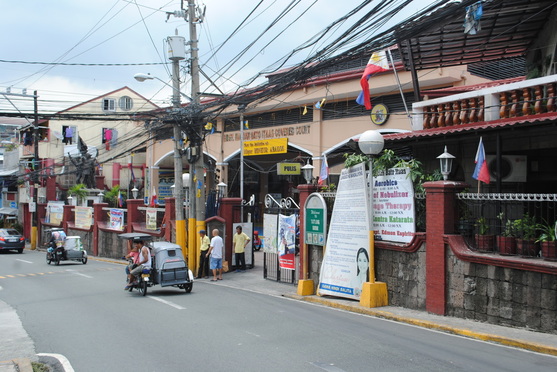
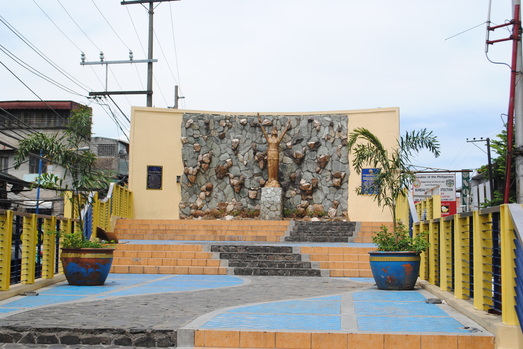
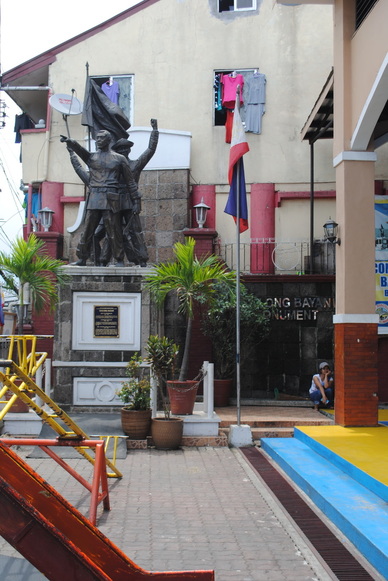
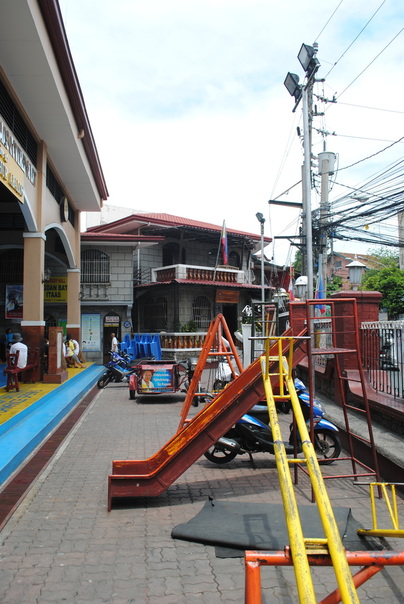
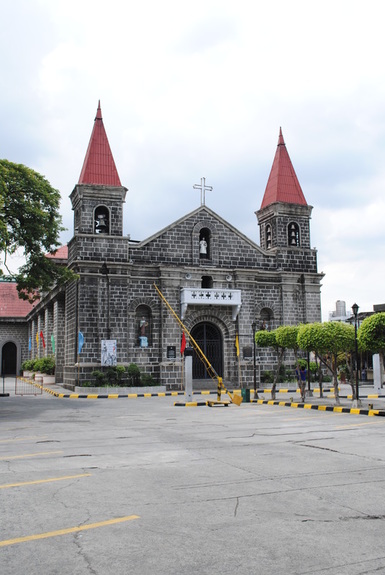

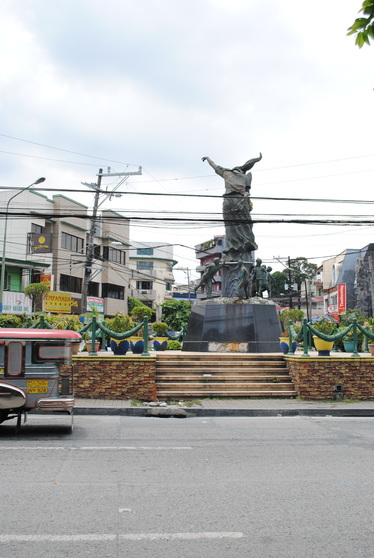
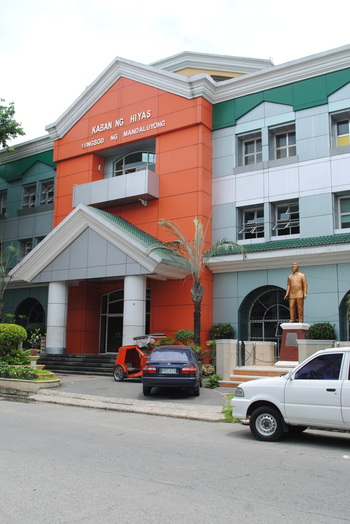

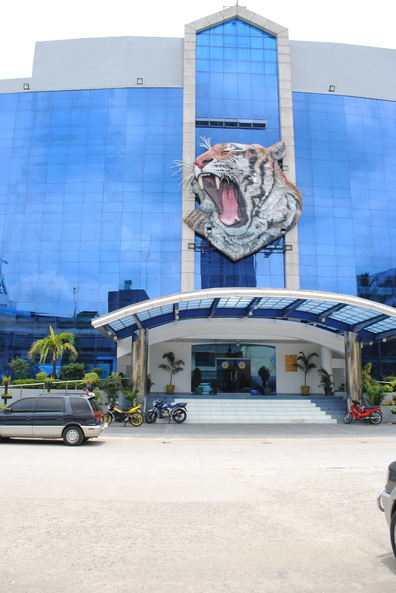
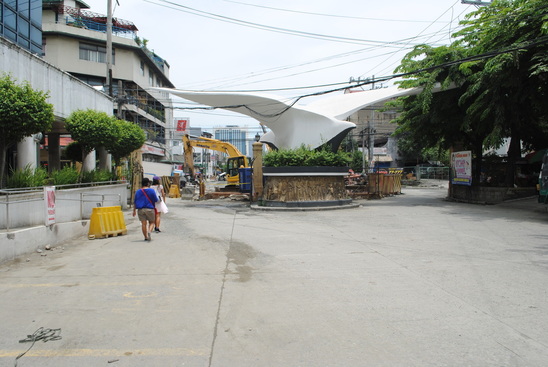
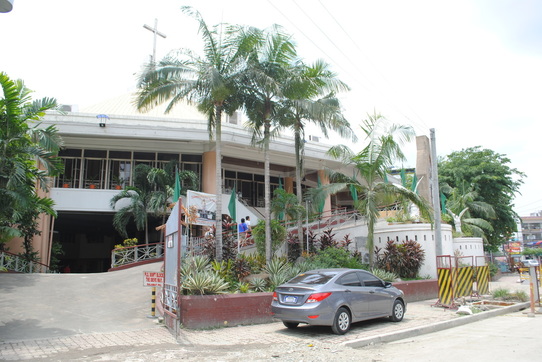
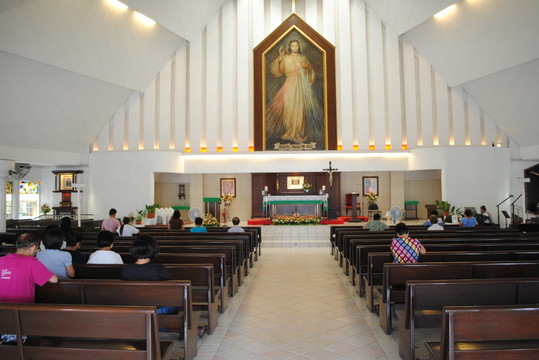
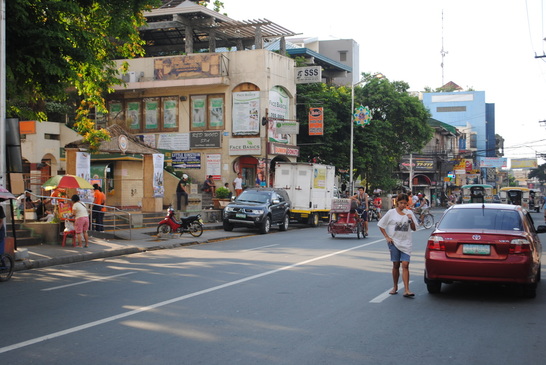
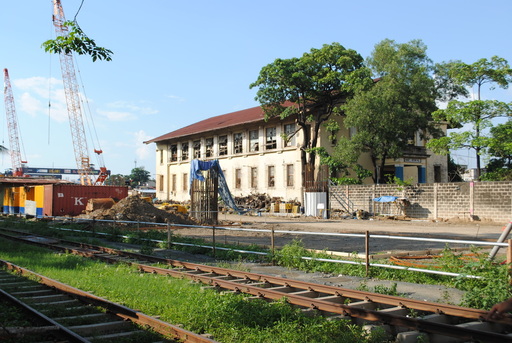

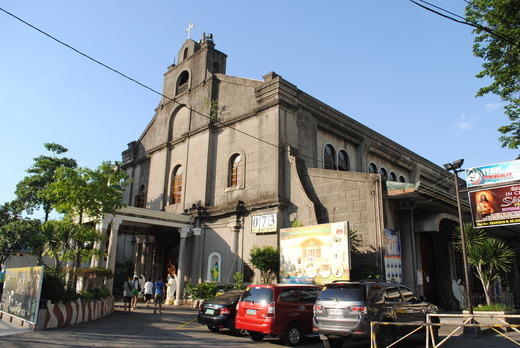
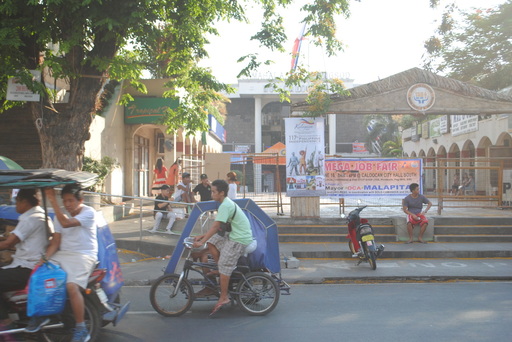
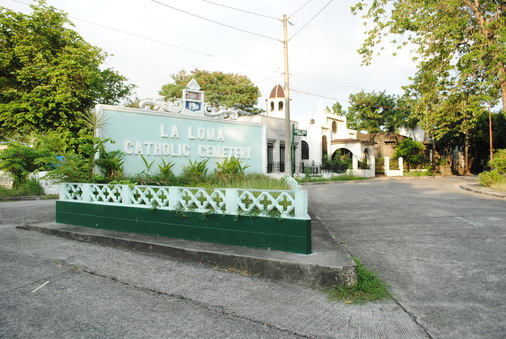
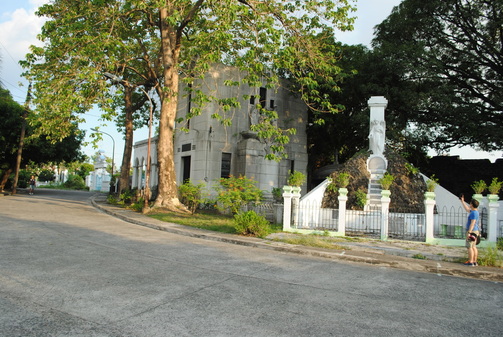
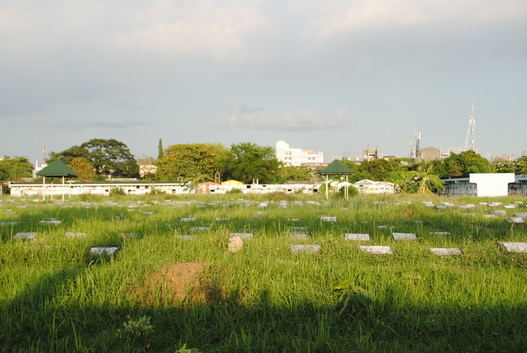
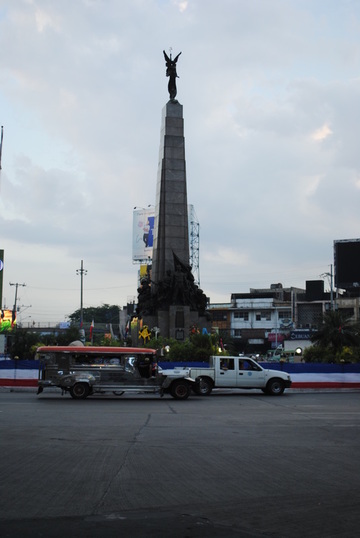
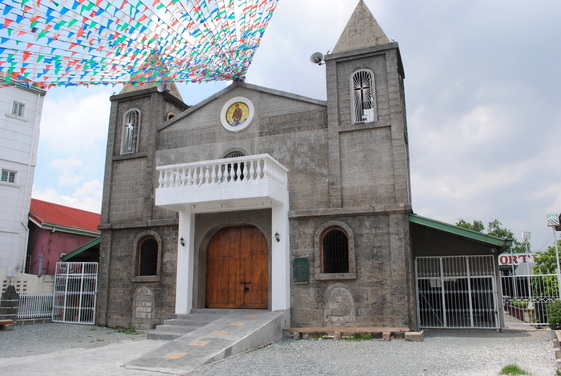

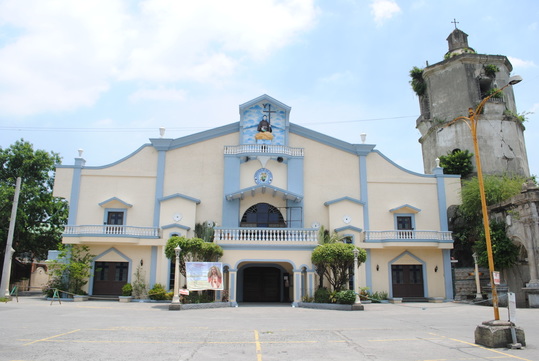
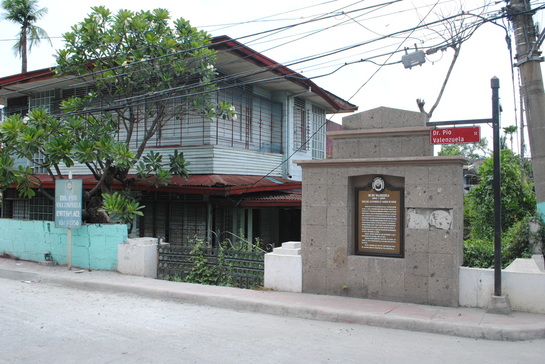

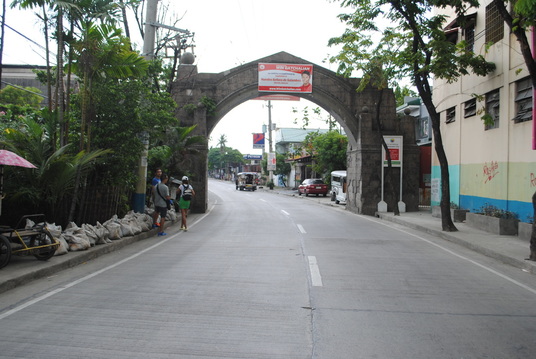


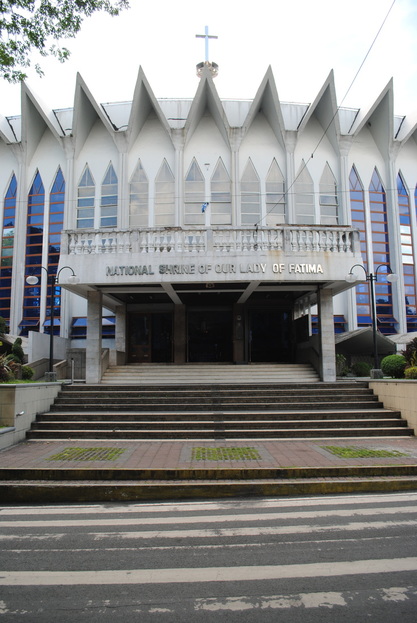
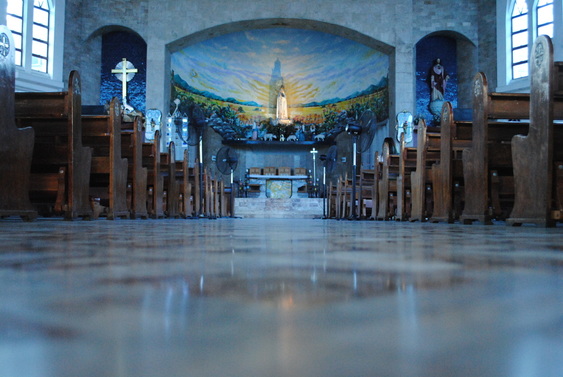
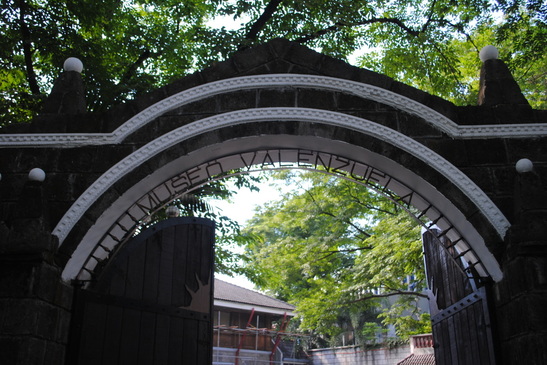

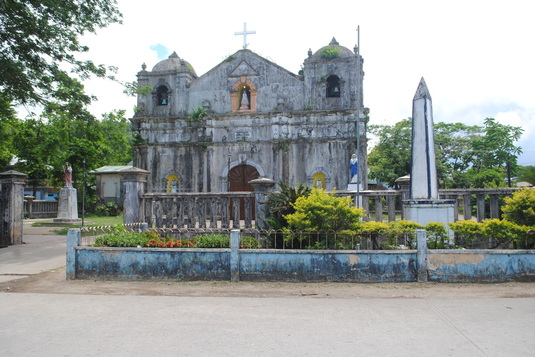
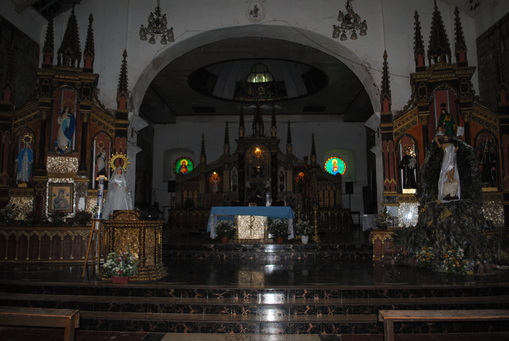
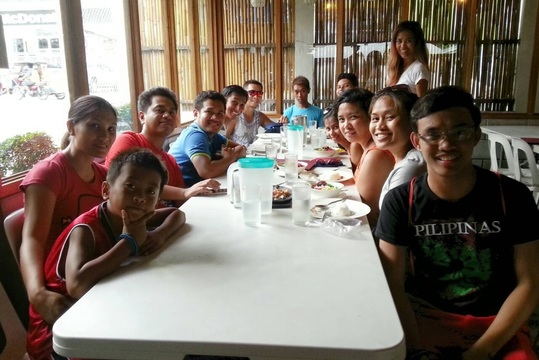
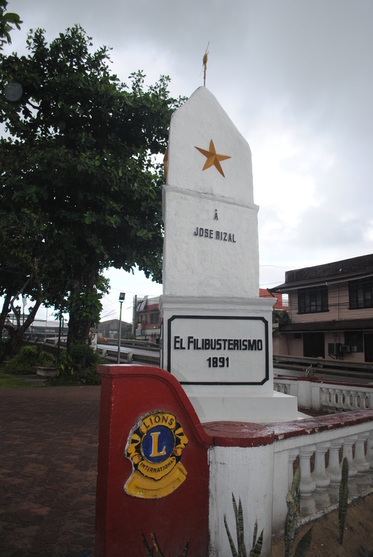
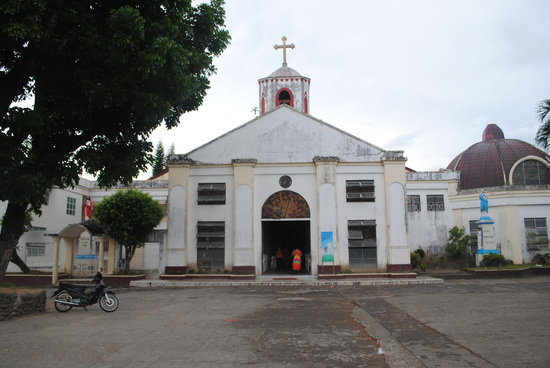
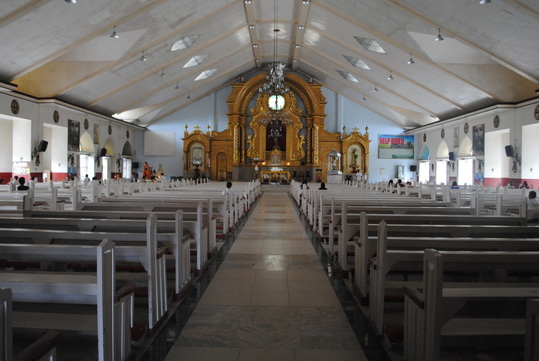

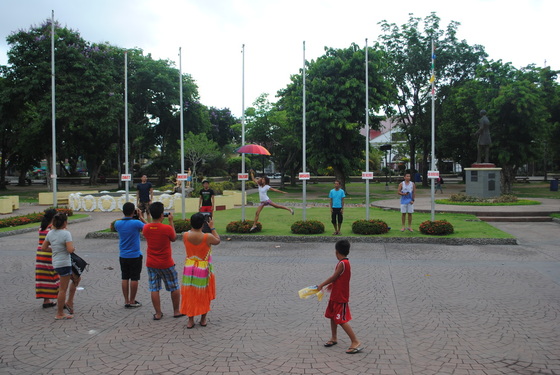
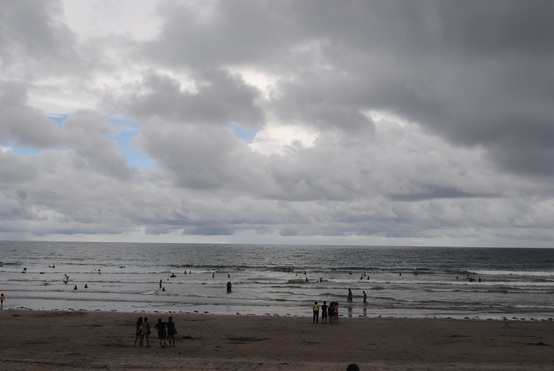
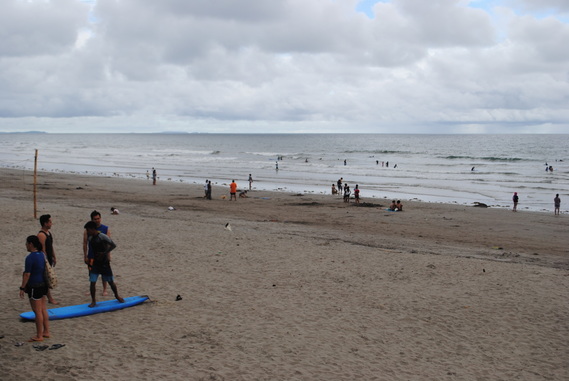
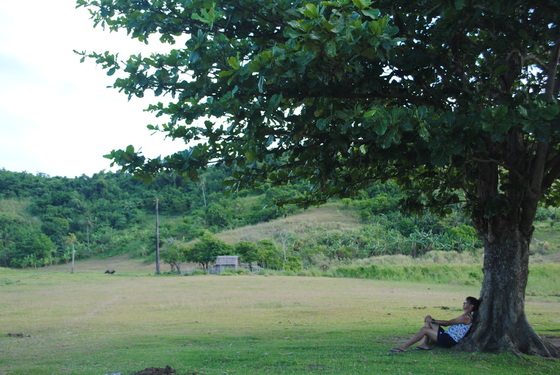

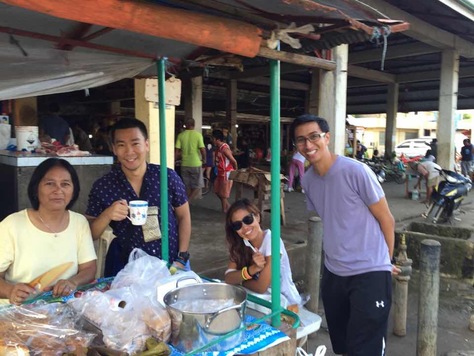
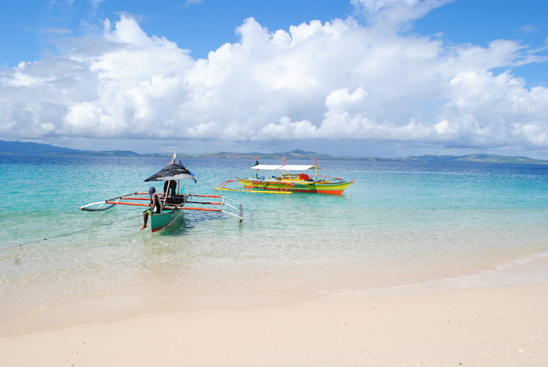
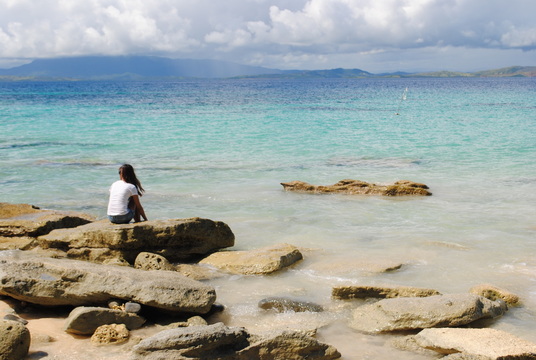
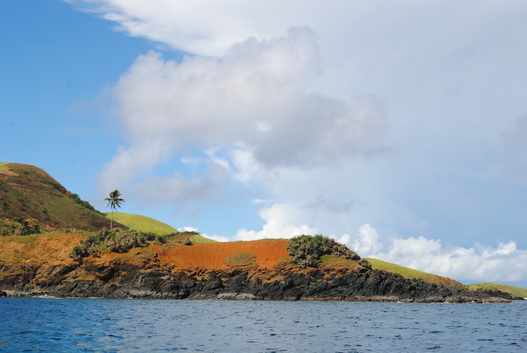
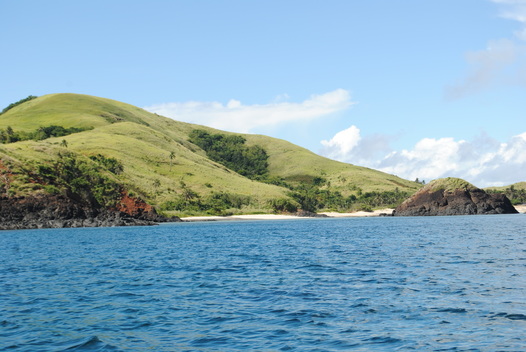

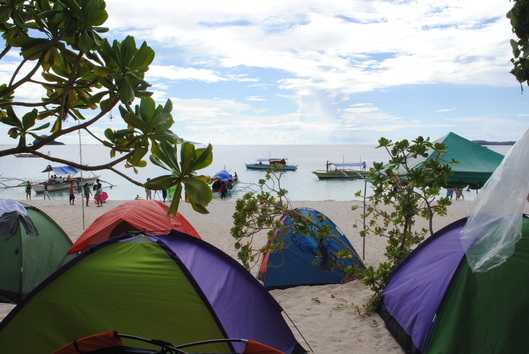
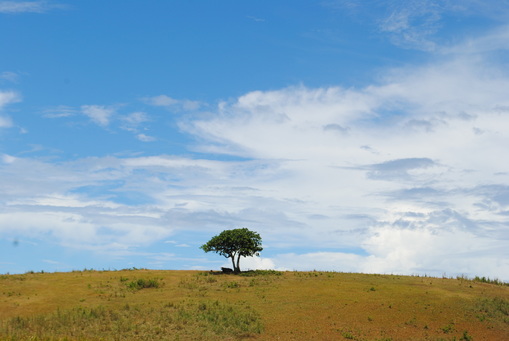

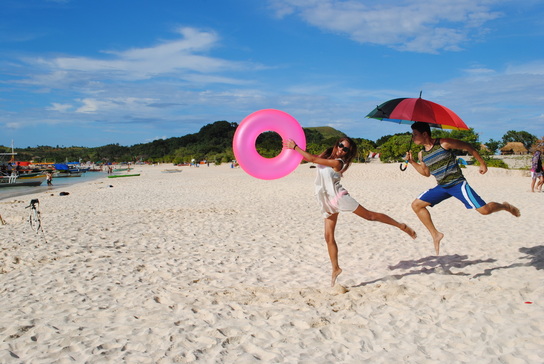
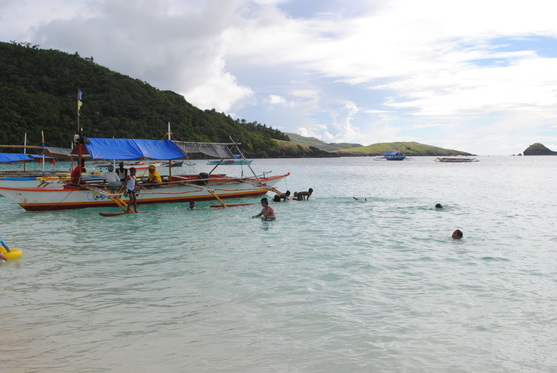
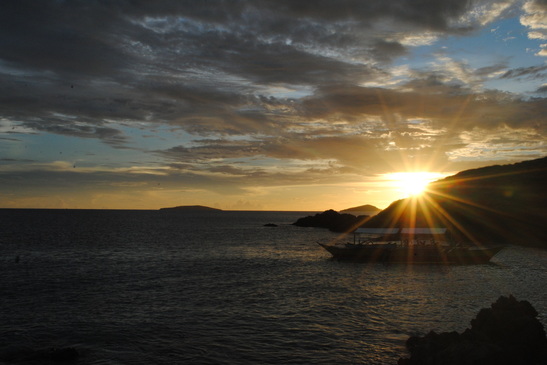
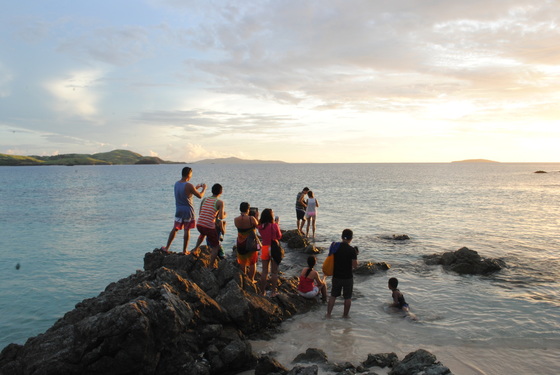

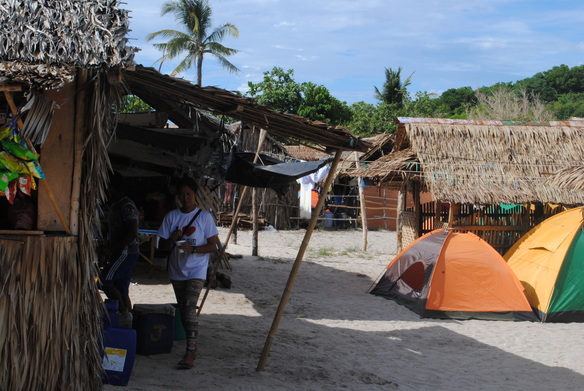
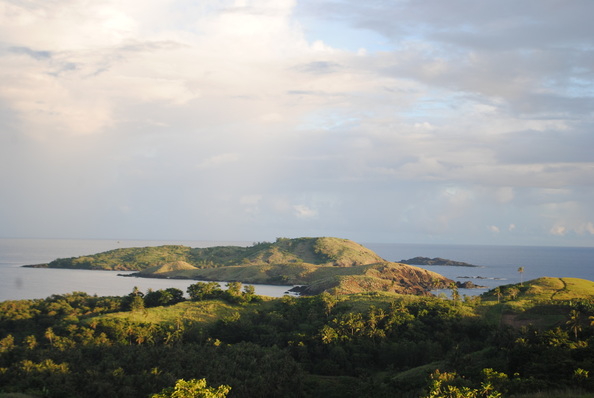
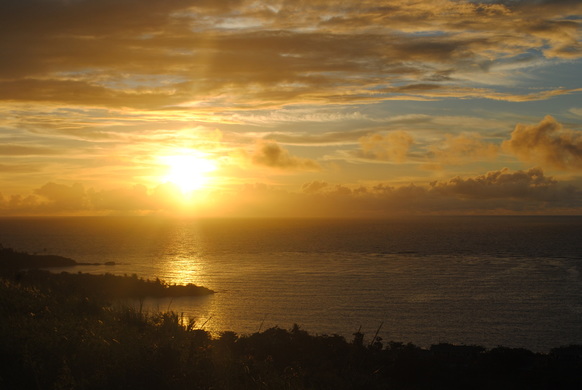
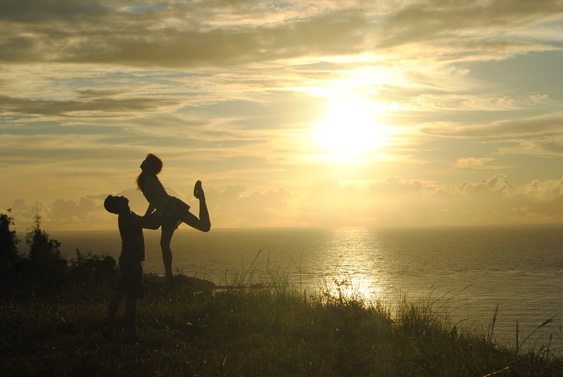
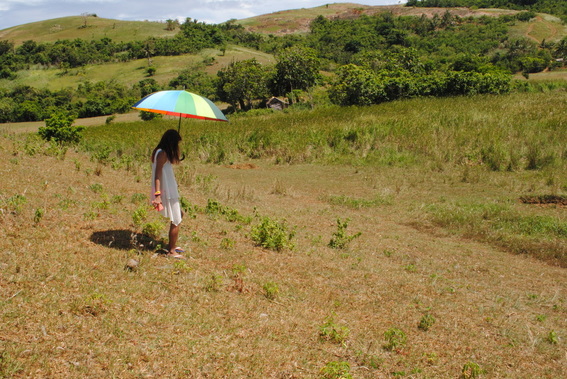
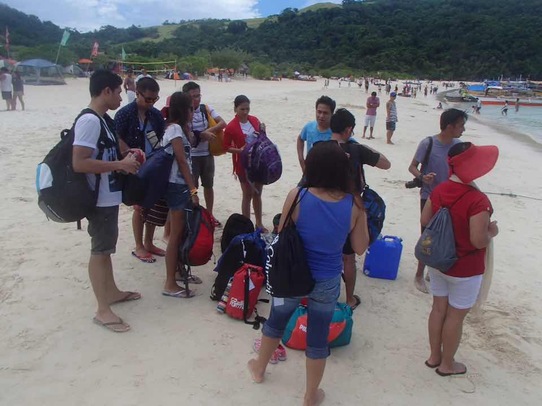

 RSS Feed
RSS Feed